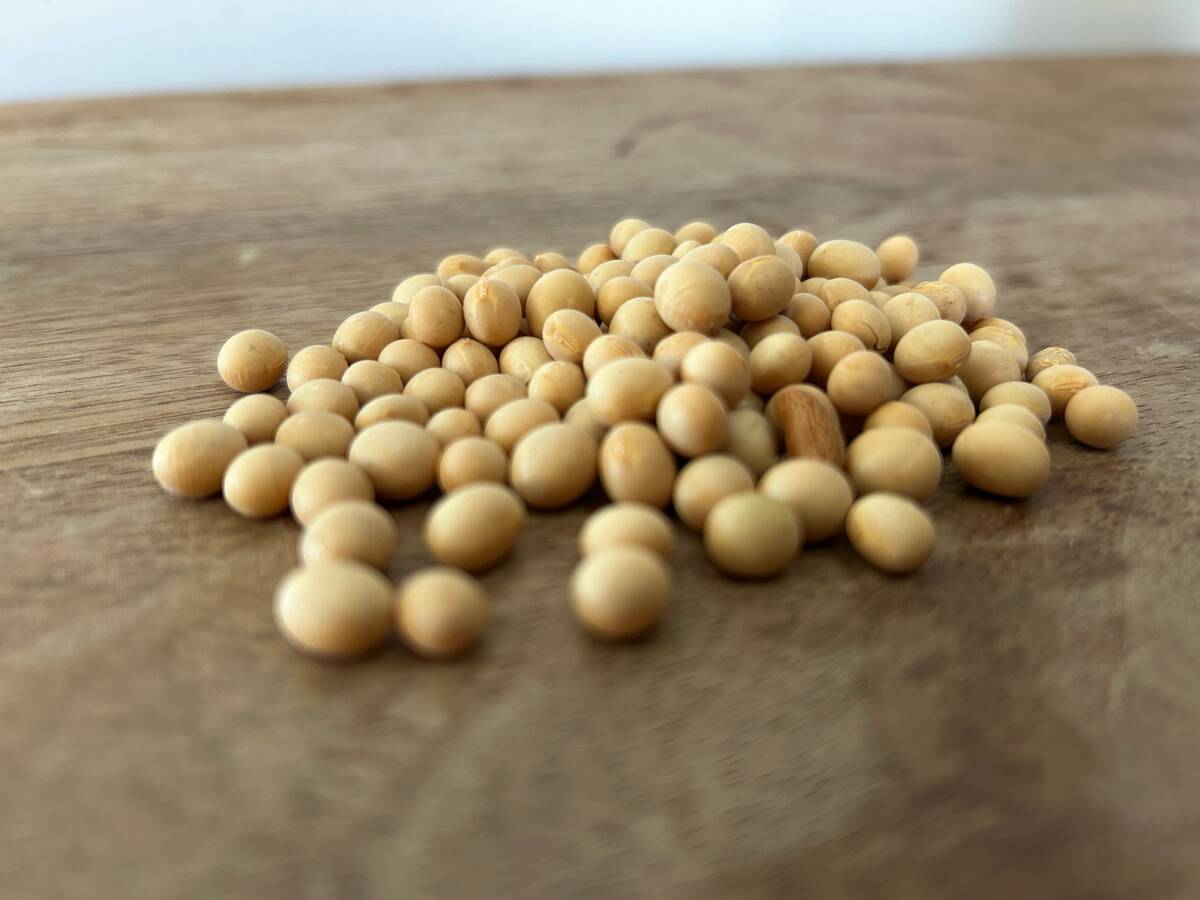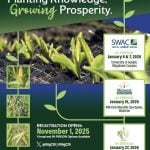The United States has published its proposed changes to country of origin meat labelling rules, which has sparked a quick, negative reaction.
The proposed changes are seen as moves that will likely widen the U.S. trade rift with Canada and Mexico.
The U. S. Department of Agriculture published on March 11 the 44 page rule to amend the legislation. It would require more specific labelling at retail outlets to identify originating countries for cattle and hogs, where the animals were raised and where they were processed.
Read Also

U.S. grains: soybeans firm ahead of USDA data
Chicago soybeans ticked up slightly on Wednesday as traders adjusted positions ahead of the release of official U.S. data on global supply and demand on Friday, the first update in weeks, but prices were capped by a lack of large Chinese purchases.
“These changes are not going to reduce the likelihood of retaliation or of being found out of compliance (with World Trade Organization rules),” said Martin Rice, manager of the Canadian Pork Council
“It is certainly what the pro-COOL (country of origin labeling) forces were looking for.”
The Canadian government, the pork council and Canadian Cattlemen’s Association have fought a legal change to end what they say is discrimination against foreign livestock entering the U.S. They say the latest proposed amendment is more strict than what now exits.
The WTO ruled last year that COOL discriminated against Canadian and Mexican cattle and hogs fed or processed in the U.S. It ordered the law to be changed by May 23. If changes prove unsatisfactory, the Canada and Mexico may take trade action.
The U.S. proposal is awaiting a 60 day public comment period and could still be adjusted before it becomes final.
Canadian and American producer and processor groups, as well as the Canadian government will file comments, said Dennis Laycraft executive vice-president of the cattlemen’s association.
Current COOL regulations are estimated to have cost the beef industry $629 million a year, he said.
A new, more strict rule could drive that up to $1 billion a year. It may also force some U.S. packers to close because the extra work to segregate animals by nationality would add costs.
The rule was not specific on how ground meat would be handled but it may require processors to label it according to the amount contributed by each country.
“Every time you add more costs to products like that, you push people over to a competing protein,” said Laycraft.
Martin Unrau, president of cattlemen’s association said livestock producers will continue the fight.
“If it is not satisfactory, we are going to appeal it. We are going to find some way to go after some form of compensatory dollar value so we can move forward or else retaliate,” he said.
“The guys who blink last win and that’s us. We are just never going to give up, ” he said.
Groups like R-CALF praised the rule citing a 2009 letter from U.S. secretary of agriculture Tom Vilsack, who encouraged processors to voluntarily provide more detailed information on food labels.
“USDA expects that these changes will improve the overall operation of the program and also bring the current mandatory COOL requirements into compliance with U.S. international trade obligations,” Vilsack said in a statement issued March 8.
Last November, R-CALF USA and the Made in the USA Foundation filed a lawsuit alleging the COOL rule is unlawful because it allows meat derived exclusively from animals born, raised, and slaughtered in the U.S. to be mislabelled with a multiple-country label. R-CALF said the current law misinforms consumers about the origin of their meat.
“If the secretary finalizes this proposed COOL rule, many of our concerns expressed in our lawsuit will be addressed,” said R-CALF chief executive office Bill Bullard on the group’s website.
The rule released March 11 said if the proposal is accepted the meat labels must name the countries where animals were born, reared and slaughtered. It said packing and processing facilities would bear most of the expense at an estimated cost of $32.7 million with a range of $16.9 million to $47.3 million.
Current regulations also allow pork or beef muscle cuts from the U.S. to be combined with products from other countries during a production day. This would not be allowed under the proposed amendment.
The rule can be viewed at: www.federalregister.gov/public-inspection.















